In February of this year, there were rumors about Egypt purchasing the J-10CE. At that time, the author believed that purchasing fighter jets alone was not significant; a complete set of early warning command and combat systems, including early warning aircraft and air defense missiles, was necessary to be effective. Unexpectedly, just two months later, the J-10C and KJ-500 directly participated in the exercises! What could this signify…..
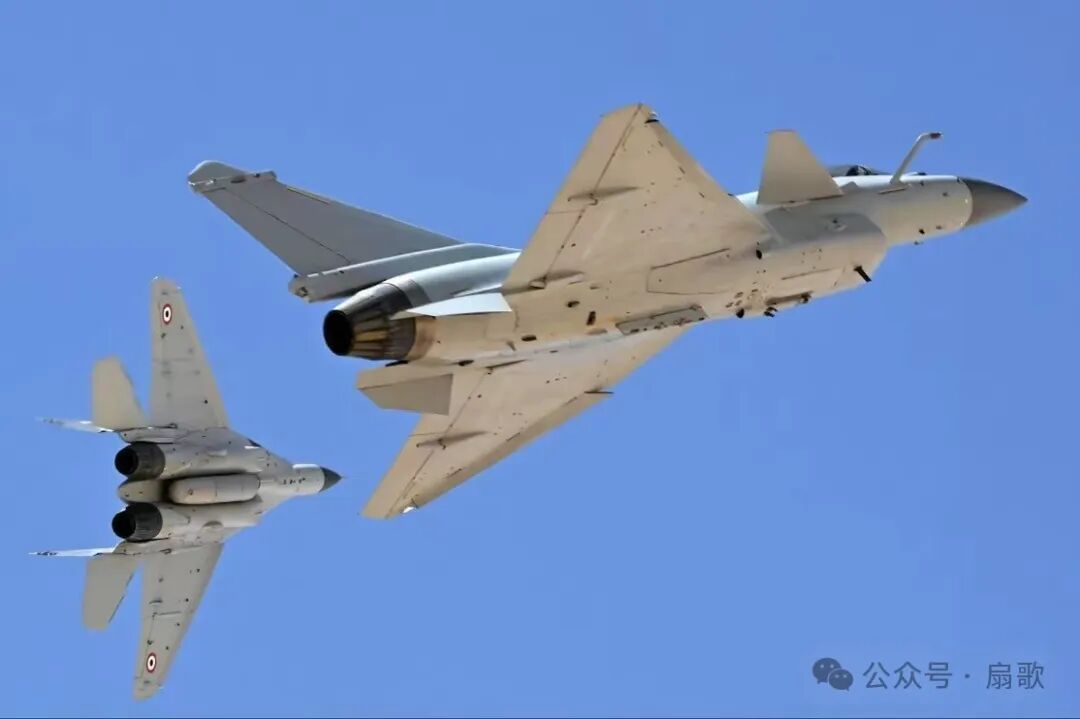
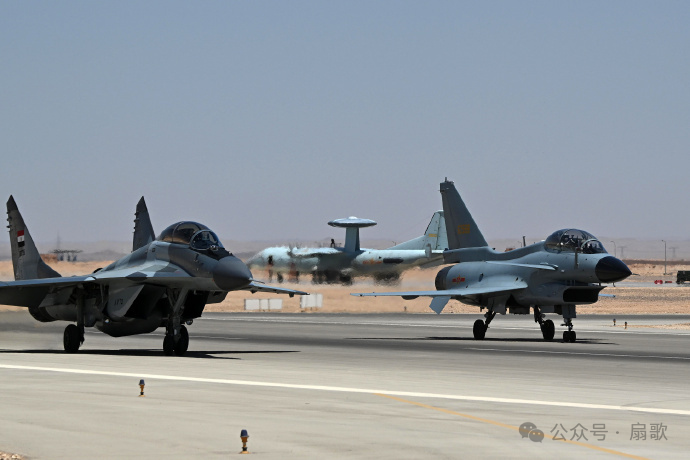
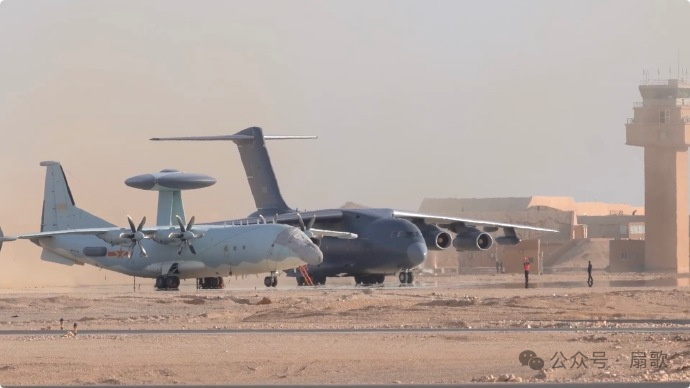
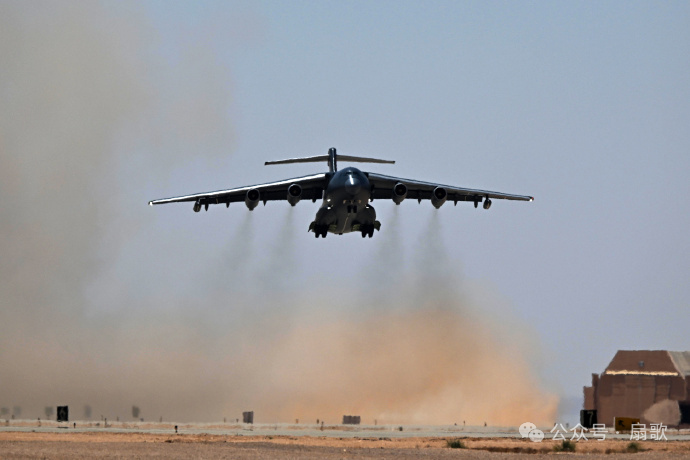
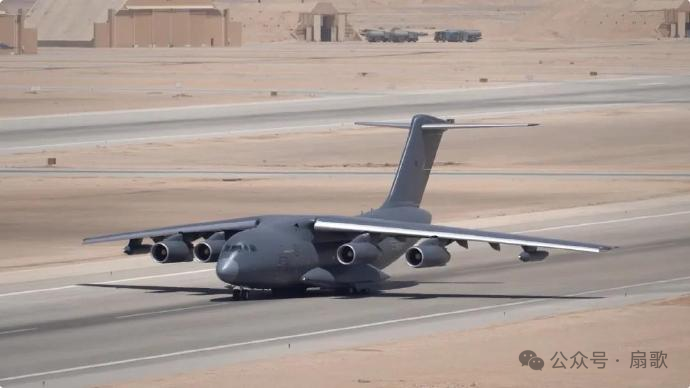
Can the J-10CE, which crosses the Suez Canal, defeat the F-35A? (February article)
According to Egyptian media reports (unofficial), Egypt has reached an agreement with China to purchase 40 J-10CE multirole fighters, along with the PL-15E long-range air-to-air missiles, with a total price exceeding 24 billion RMB. However, this matter has not yet been officially announced by either party, and we await final confirmation!
So, here arises a question: as the top-performing non-stealth fighter, can the J-10CE possess the capability to counter the stealth of the F-35A? Theoretically, it is possible, but the specifics depend on the situation!
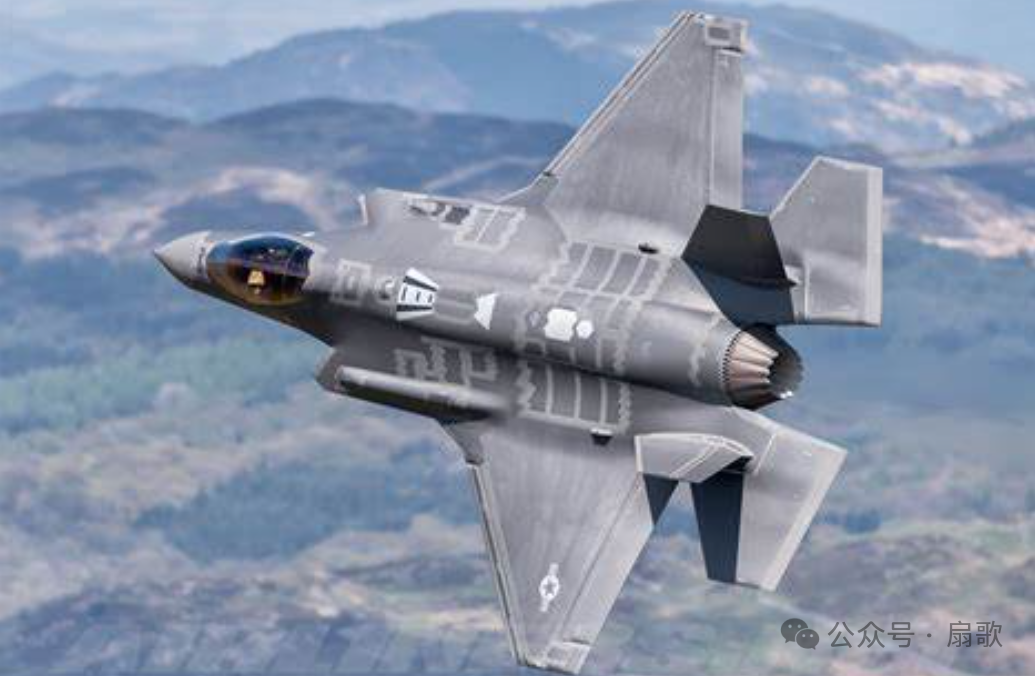
F-35Block 4.1
F-35 Block 4.1 features multi-base anti-stealth capabilities, achieved by integrating the backend data from multiple F-35’s AN/APG-85 active phased array radars to form a virtual software-based multi-base radar. Even if the radar waves of stealth fighters are deflected, other F-35s in a networked state can still capture these echoes and locate targets by calculating the source of the deflection. This configuration allows each F-35 fighter to act as a network node, enabling battlefield situational awareness similar to traditional early warning aircraft.
Mechanism of Multi-Base Radar Networking Against Stealth Targets
Multi-Angle Detection: The multi-base radar system detects targets from multiple directions by deploying transmitters and receivers at different locations. This multi-angle detection increases the probability of detecting stealth targets, as stealth targets typically have a lower radar cross-section (RCS) from certain angles but still present strong scattering signals from others.
Utilizing Target Reflection Waves: Stealth targets are designed to minimize backscattering waves, but scattering waves from other directions still exist. The multi-base radar system can effectively detect stealth targets by receiving these non-backscattered waves.
Enhancing Concealment and Survivability: The multi-base radar system employs a separated transmit-receive approach, with transmitters typically deployed at safe locations away from the battlefield, while receivers are positioned at the front lines. This layout not only enhances the system’s concealment but also improves its resistance to jamming and anti-radiation missiles.
Multi-Frequency and Multi-Platform Coordination: The multi-base radar system can combine radars of different frequency bands (such as low-frequency radars, ultra-wideband radars, etc.) and various platforms (land-based, sea-based, air-based, space-based, etc.) to achieve broader coverage and higher detection accuracy. Different frequency band radars can detect different characteristics of stealth targets, thereby improving overall detection effectiveness.
Dynamic Detection and Tracking: The multi-base radar system can track the motion trajectory and status of stealth targets in real-time through dynamic detection models and parameter extraction techniques. This dynamic detection capability allows the system to respond promptly to target maneuvers, enhancing detection and tracking accuracy.
Data Fusion and Collaborative Detection: The multi-base radar system utilizes data fusion technology to comprehensively analyze detection results from multiple radar systems, improving reliability and accuracy. Additionally, collaborative detection among multiple radars can achieve task-level coordination, such as key target guidance support and detection of low, slow, small targets, further enhancing the system’s overall combat capability.
According to tests by the US Air Force, four F-35 Block 4.1 equals the functionality of one early warning aircraft;
The F-35B Block 4.1 upgrade plan was proposed around 2019 and is expected to be completed by 2028;
However, the reality is that the AN/APG-85 radar, built with gallium nitride T/R modules, lacks materials, and it is uncertain when it will be mass-produced. The key to achieving airborne multi-base radar lies in gallium nitride digital array radars, high-speed data links, and high-precision timing; the J-10CE has all the necessary hardware capabilities, but implementing these functions relies on software!
Conclusion
If Egypt indeed purchases the J-10CE, due to the different systems, ground radars can only provide air situation support through voice communication, which is limited in effectiveness. Therefore, the J-10CE must possess strong independent search and attack capabilities. Although its power output is not as high as that of heavy aircraft, its lower cost, durability, and larger numbers provide an advantage through quantity, allowing it to engage in group tactics.
Of course, the airborne multi-base radar is not entirely capable of countering stealth fighters; it also has performance stability issues and requires specific conditions regarding the fighter’s position, speed, and altitude, making it not entirely reliable. It is merely one method for non-stealth fighters to counter stealth fighters without being overly passive.
Ultimately, the ability to counter stealth fighters requires a comprehensive system that includes early warning, stealth fighters, long-range air defense missiles, and communication command!
Previous Readings
The Airborne Battleship – The Super Strategic Early Warning Aircraft Rumored on the Internet
The unofficial release of high-definition images of the sixth-generation J-50 features a delta wing + long fuselage + all-moving wingtips, showcasing high maneuverability and stealth characteristics
Maritime Thunder – The Sea Strike and Blockade Interception Capabilities of Large Conventional Power Aircraft Carrier Strike Groups
Is the sixth-generation J-50 supersonic stealth fighter conservative or aggressive?
The Underlying Reasons and Future Trends of the China-US Tariff War
The sixth-generation J-50 has flown again, suspected to have used thrust vectoring engines
The smoke of the tariff war has not yet dissipated! The sixth-generation J-50 fighter has shown “carrier-based genes,” which will change the future naval warfare landscape! If a hot war occurs, can the US Air Force still fight?